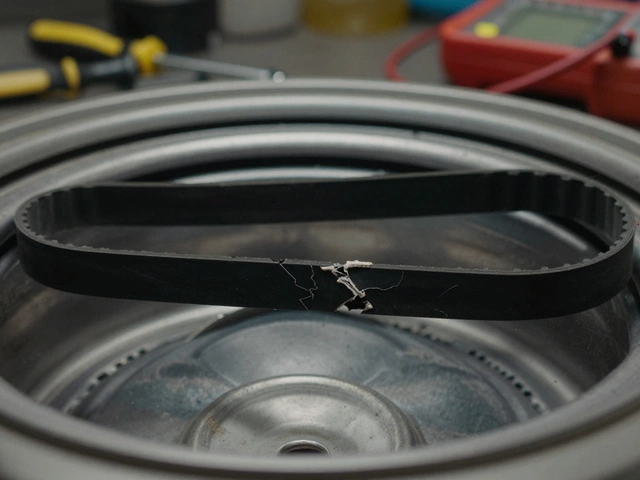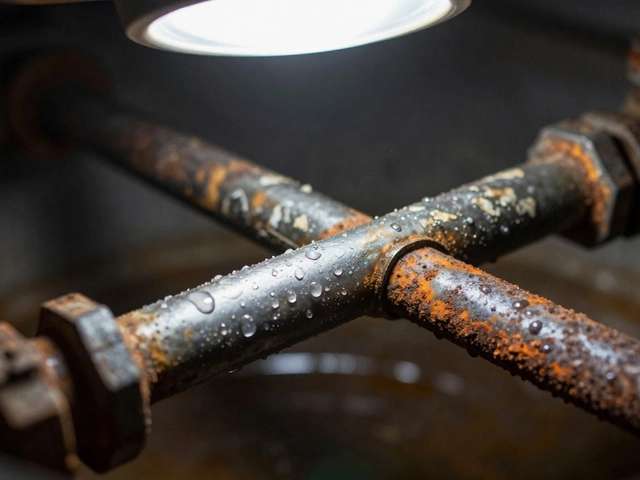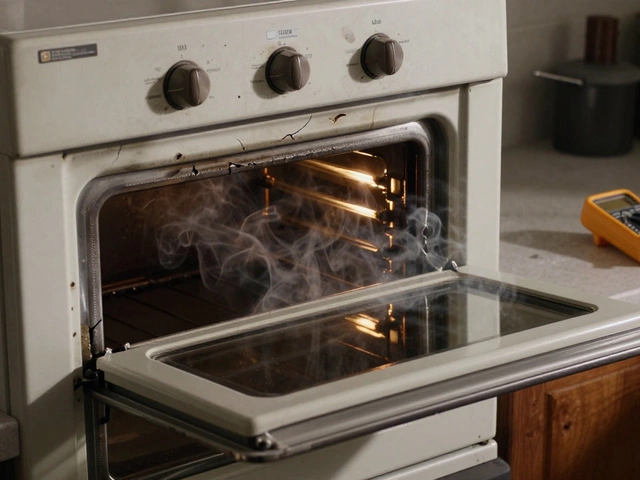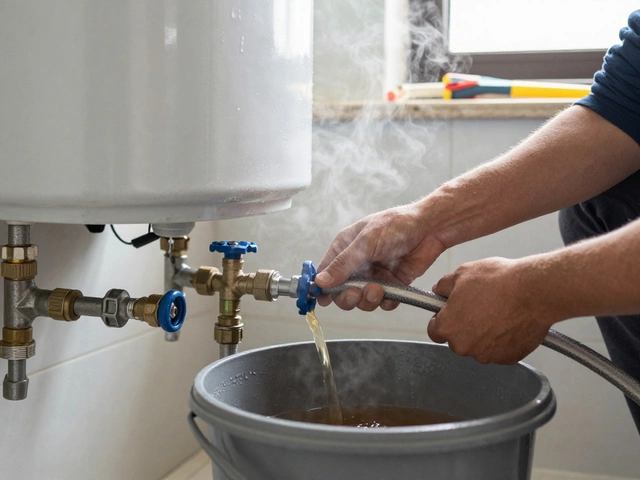Nothing can bring a morning to a screeching halt quite like stepping into a shower only to be blasted by ice-cold water. A hot water heater refusing to kick on can turn daily routines upside down, but before panic sets in, take a deep breath. Understanding the mechanics behind your heater may reveal a simple fix.
The road to restoring your hot water can begin with a systematic approach. By tackling potential power issues and exploring the thermostat's functionality, you can often identify the culprit. Knowing when to put the wrench down and call in a professional can save both time and sanity, ensuring you don't find yourself tackling unnecessarily complex repairs.
Moreover, maintaining your water heater with regular check-ups can prevent a cold shower crisis from happening in the first place. By weaving these practices into your routine, you can rest easy knowing your hot water supply is reliable, ready to meet the family's needs on demand.
- Common Power Issues
- Thermostat and Heating Element Failures
- When to Seek Professional Help
- Preventative Maintenance Tips
Common Power Issues
The starting point for diagnosing why your water heater might not be operating usually begins with checking the power source. This may sound basic, but issues with the power supply are surprisingly common. Begin by inspecting the circuit breaker box. Often, a tripped breaker is the root of the problem, either due to a power surge or an overload. Resetting the breaker might just jolt your heater back to life. However, if the circuit continues to trip, this could indicate a more significant electrical issue that may need professional attention.
Let's delve a bit into the thermostat settings as well. Every electric water heater relies on a thermostat to control the temperature. If this component fails, the appliance may not heat the water efficiently or, at times, at all. Ensure that the thermostat is correctly set; sometimes accidental knocks can change the setting to levels that inadvertently stop the heater from functioning.
In homes where gas water heaters are prevalent, the pilot light could be another contributing factor. If the pilot light is out, the unit won’t light the burner, meaning no hot water is produced. This light can go out because of drafts or even dirt on the tip. Ensure it is lit and that the flame is blue and steady. If the pilot light won’t stay lit, this might signal a problem with the thermocouple, a small device that senses heat from the pilot light and continues to deliver gas to the burner.
It's fascinating to note that about 18% of an average home's energy costs come from heating water, according to the U.S. Department of Energy. It's not just about flipping switches; understanding where the energy flows and how the system's dynamics can affect your energy bills is essential. Maintaining a focus on these power components can ensure that your heater functions optimally, minimizing both headaches and costs in the long run.
"Electric problems might seem trivial at first glance," notes John Doe, a renowned plumbing expert in his book on home repair, "but ignoring them can spiral into costly repairs down the line if left unaddressed." It's invaluable advice, reminding you that sometimes the smallest adjustments can yield significant results.
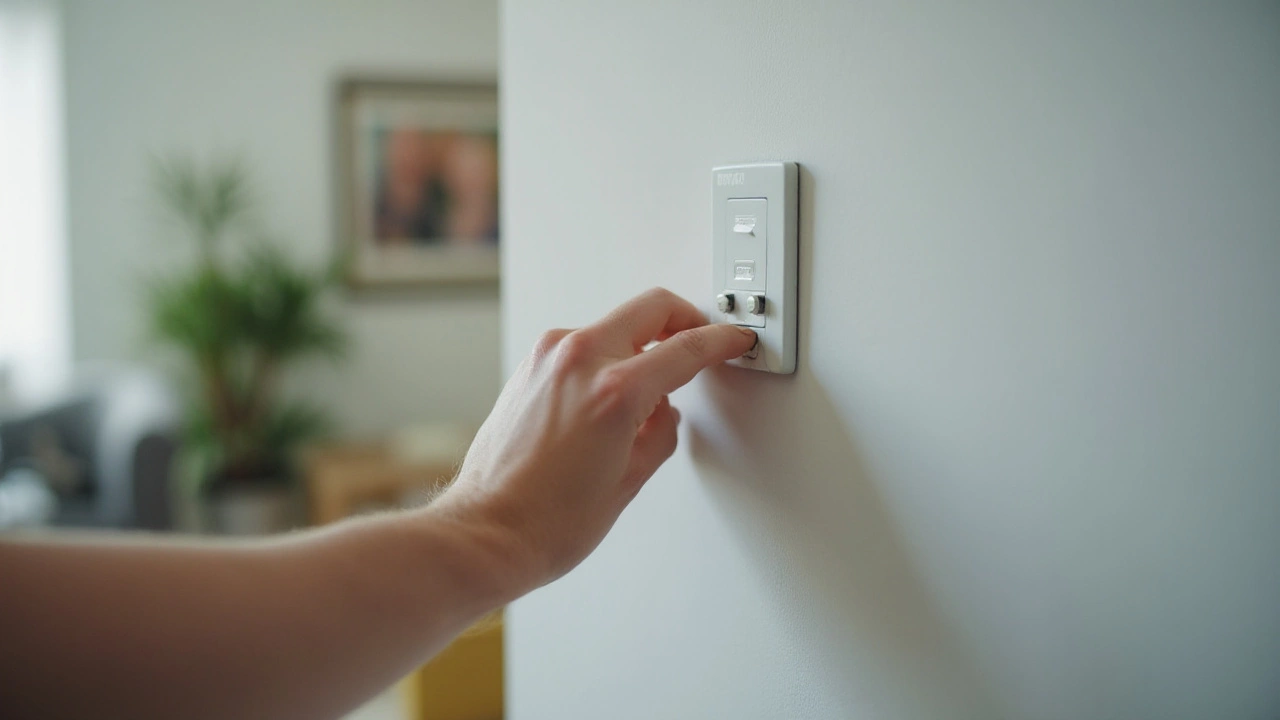
Thermostat and Heating Element Failures
When hot water stops flowing, the heart of the issue often lies in the thermostat or heating element. These are critical components in your water heater, and their malfunction can swiftly lead to a cold shower. The thermostat's job is to regulate water temperature, ensuring it stays within set limits. Imagine it as the director of a play while the heating element acts as the lead actor, warming up the water. If these parts fail, it’s like a script gone wrong – no matter how much you turn the dial, hot water won't arrive.
Diagnosing a faulty thermostat usually involves checking for continuity with a multimeter. A lack of response could indicate it's time for a replacement. Thermostats can sometimes refuse to communicate with the heating element, leading to an unresponsive system. Another visible sign is inconsistent water temperatures. It's worth noting that thermostats wear out over time due to continuous use. Remind yourself of the last time it was inspected or replaced, as these parts have a typical lifespan of about 10 years depending on usage.
Heating elements present their own set of challenges. They might appear strong and sturdy, but minerals in hard water can cause sediment buildup, leading to inefficient heating. Sometimes, the element itself can burn out, noticeable when water takes longer and longer to heat or doesn't heat at all. To check the element, the water heater must first be turned off – an essential safety step. Removing the panel cover will reveal the element, which can also be inspected with a multimeter.
The Energy Department notes that regular maintenance can extend the life of your water heater and improve its efficiency.When the heating element's resistance is not within the manufacturer’s specifications, replacement becomes necessary. Selecting a high-quality element might cost slightly more upfront, but it can save money, time, and frustration when it counts the most. It's also wise to consider the length and wattage of the new element to ensure it matches the design of your water heater.
There's an intriguing statistic provided by homeowner surveys: about 27% of hot water heater issues stem from the heating element. However, vigilant troubleshooting and early detection can prevent small issues from snowballing into costly repairs. Upgrading to a dual-element unit might be worth considering, especially in households that demand a continual supply of hot water. Such units can provide a more consistent flow, catering to modern multi-tasking homes where showers, dishwashers, and washing machines often run simultaneously.
Regularly flushing the tank can prevent sediment buildup from reaching a level where it affects performance. This practice not only keeps your water heater running smoothly but also increases its overall efficiency, keeping your home’s energy bills in check. Navigating thermostat and heating element pitfalls may seem daunting, yet understanding these components empowers you to tackle these hiccups like a pro.
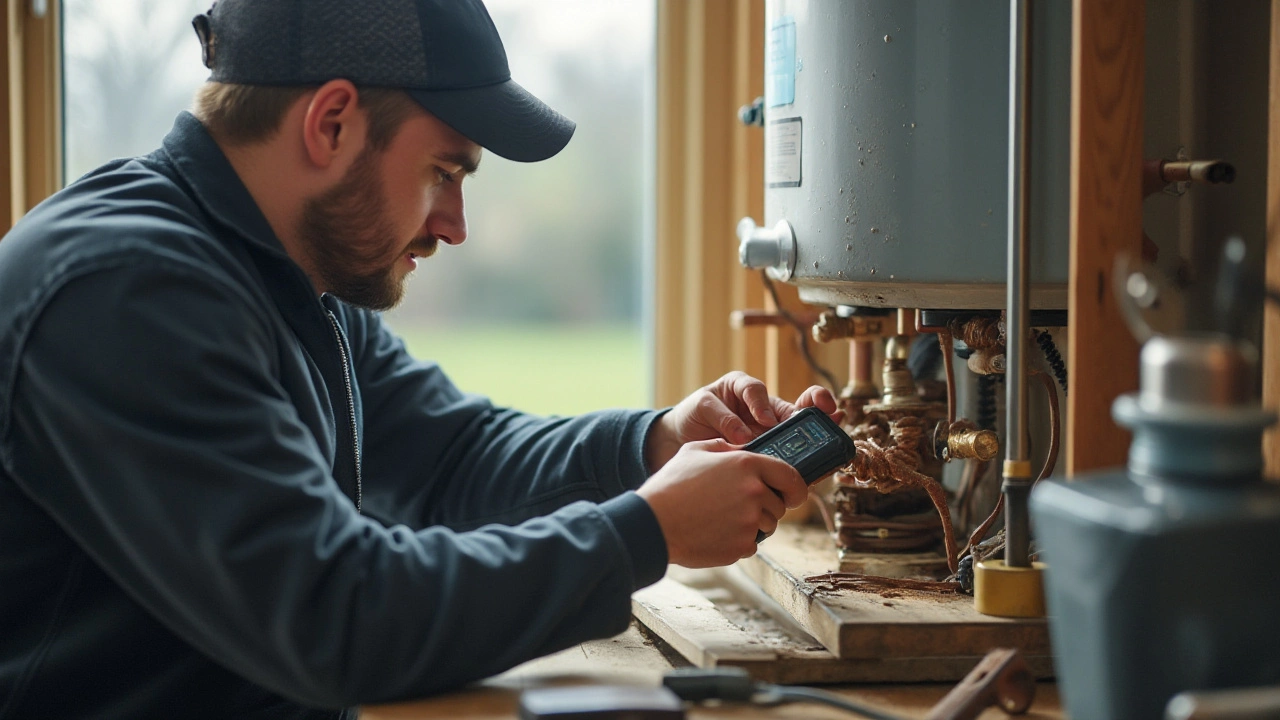
When to Seek Professional Help
Sometimes, despite your best DIY efforts, your water heater stubbornly refuses to function as it should. This is when knowing the right time to call in a professional can save both your system and your sanity. Water heaters coming equipped with intricate mechanisms means they inherently have complex issues beyond a regular homeowner's toolkit and expertise. If you've exhausted the usual suspects like checking the thermostat settings, ensuring the circuit breaker is turned on, and there's still no hot water, it might be best to dial that technician's number.
One of the main indicators that professional help is required is if there are signs of evident physical damage to the unit. If your heater is leaking, rusting extensively, or has a suspicious burnt smell emanating from it, these issues often point towards internal malfunctions that require specialist knowledge to resolve. Corroded valves or pipes not only point to serious damage but also may lead to significant safety risks like electrical hazards or harmful leaks. Specialists can accurately diagnose and fix these issues, preventing small problems from snowballing into household disasters.
Another compelling reason to seek expert advice is when you suspect a faulty heating element or thermostat, but you're unsure how to test or replace them safely. Professional technicians have the tools and training to test these components without risking electrical shock or causing further damage to the unit. Often, the mere appearance of the water heater's pilot light can signal the need for professional intervention. If it refuses to stay lit, or the flame is orange or yellow instead of a steady blue, it's a clue that the unit may have a gas leak or requires adjustments beyond basic home repair.
"Hot water heaters are intricate pieces of equipment that require precision and care when being repaired. It's far better to consult a professional than to risk an unsafe repair." – Sarah Milton, Home Improvement Expert.
Finally, as a homeowner, if you find that you're repeatedly facing the same issues with your hot water supply, a professional consultation might unveil hidden problems that keep reoccurring due to fundamental issues with the installation, components, or the water supply itself. Modern water heaters can last anywhere between 8 to 12 years, depending on the brand and model. If yours is approaching this age or crossing it, and you experience frequent breakdowns, professional assessment can guide you on whether it’s more economical to repair or replace the unit entirely.

Preventative Maintenance Tips
Ensuring your water heater runs efficiently hinges on regular preventative maintenance. This not only extends its lifespan but also boosts its performance, potentially bringing down your energy bills. Vital steps in maintaining a heater include routine flushing, a task often overlooked by homeowners. Over time, mineral deposits and sediment can accumulate at the bottom of the tank, impairing efficiency and restricting water flow. By draining several gallons from the heater at least once a year, these deposits can be minimized. This not only enhances the heater's efficiency but also prolongs its operational life. According to industry experts, a flush can significantly reduce the risk of unexpected breakdowns.
Additionally, inspecting the anode rod inside your heater is a crucial maintenance step. This sacrificial rod attracts corrosive elements, preventing rust and extending the tank's life. If the rod's diameter has substantially reduced or is covered with scale, it's time for a replacement. Checking this part every three years is a safe bet for most water heaters under normal water conditions. An anode rod in good condition is your ally against corrosion, costing significantly less than a new tank.
Temperature settings also play an essential role in the performance of your hot water heater. By keeping it at the optimal level, usually around 120 degrees Fahrenheit, you optimize energy consumption while ensuring a safe temperature for use. Apart from being a safety feature against scalding, maintaining this temperature also lowers your energy costs significantly. According to the Department of Energy, for every 10-degree reduction in temperature, you can save between 3-5% on energy.
Testing the Pressure Relief Valve
The pressure relief valve is a safety mechanism designed to open if the tank reaches the pressure limits, thus averting potential explosions. It's wise to test it yearly. Simply lift the lever and let it snap back. If you notice it doesn’t release water or has a persistent leak, replacement may be necessary. A malfunctioning valve isn't just inconvenient; it can be dangerous, highlighting the importance of this check.
Lastly, insulating your water heater and the first few feet of the hot and cold water pipes can prevent heat loss. This simple step helps the unit retain heat more effectively, allowing it to maintain hot water with less effort and energy. This is especially effective for older units where insulation might not be up to modern standards. A mix of routine inspections and the practical steps above can negate many common issues, ensuring your heater is always ready when you dial in for a warm bath or shower.





